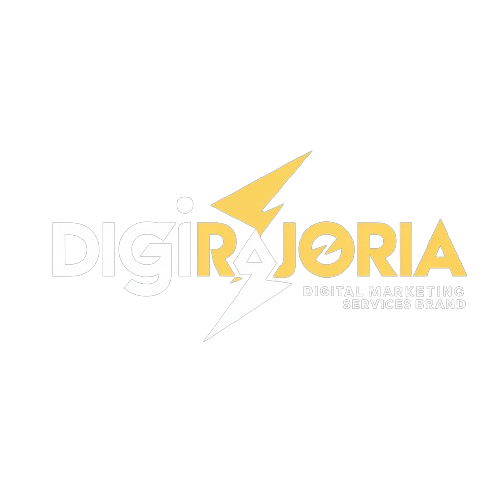The Best Email Marketing Tools for 2024
Introduction Email Marketing Tools Even in today’s digital age, email marketing remains a cornerstone of effective marketing strategies. It fosters stronger customer relationships, cultivates leads, and consistently delivers impressive returns on investment (ROI). However, with a vast array of email marketing tools available, choosing the right one for your business can feel daunting. This comprehensive guide explores the best email marketing tools for 2024, highlighting their functionalities, pricing structures, and target audiences. We’ll also delve into crucial factors to consider when selecting an email marketing platform, ensuring you choose the one that aligns perfectly with your marketing goals and budget. Why Leverage an Email Marketing Tools? While sending emails directly through your email provider is technically possible, dedicated email marketing platforms offer significant advantages that elevate your campaigns. Here are some key benefits: Streamlined List Building and Management Effortlessly collect and organize subscriber information, enabling targeted campaigns through segmentation. Enhanced Email Design and Automation Create visually appealing and responsive emails with drag-and-drop builders. Automate workflows for personalized messaging that resonates with your audience. Advanced Analytics and Reporting Track crucial email performance metrics like open rates, click-through rates (CTRs), and unsubscribes to refine future campaigns for optimal results. Increased Deliverability Rates Email marketing platforms ensure your emails land in inboxes and bypass spam filters. Top Contenders in the Email Marketing Software Market (2024): Mailchimp A widely recognized name, Mailchimp offers a user-friendly interface, a free plan for beginners, and a robust selection of marketing automation features. However, advanced functionalities become more expensive as your subscriber list grows. ActiveCampaign This marketing automation powerhouse caters to businesses seeking powerful automation capabilities, lead scoring, and advanced segmentation options. ActiveCampaign seamlessly integrates with various CRM and marketing tools, making it a great choice for data-driven marketers. Moosend Known for its affordability and ease of use, Moosend is ideal for startups and small businesses. It offers a free plan with basic features and scales to accommodate growth. While automation features are present, they may not be as comprehensive as some competitors. MailerLite Another budget-friendly option, MailerLite is perfect for solopreneurs and small businesses with limited budgets. It boasts a user-friendly interface, a generous free plan for up to 1,000 subscribers, and competitive pricing for larger lists. However, advanced marketing automation features are somewhat limited. ConvertKit Tailored specifically for creators and bloggers, ConvertKit excels at managing email lists for content creators. It features easy integration with popular content management systems (CMS) and landing page builders, making it ideal for building audience engagement around your content. Marketing automation capabilities are more basic compared to other platforms. Drip This e-commerce marketing platform is designed to automate customer journeys and nurture leads specifically within the e-commerce space. Drip excels at triggered email campaigns based on customer behavior and purchase history, making it a valuable tool for online stores. Constant Contact A well-established player, Constant Contact is known for its user-friendly interface and excellent customer support. It offers a free trial and caters well to small businesses seeking a comprehensive email marketing solution. However, automation features may be less advanced compared to some competitors. Omnisend This omnichannel marketing platform integrates email marketing with SMS, push notifications, and web push for a unified customer experience. Omnisend is a powerful option for businesses seeking to leverage multiple marketing channels, but its pricing structure can be complex for smaller businesses. AWeber A veteran in the email marketing space, AWeber offers a reliable and user-friendly platform with a focus on deliverability. It’s a strong choice for businesses seeking a straightforward email marketing solution with good customer support. However, advanced automation features may be limited. Brevo (Formerly Sendinblue) Brevo boasts a comprehensive suite of marketing tools encompassing email marketing, SMS marketing, CRM, and transactional emails. It’s well-suited for businesses seeking an all-in-one marketing solution, but its pricing can be higher compared to dedicated email marketing platforms. Choosing the Perfect Email Marketing Tools for Your Needs With so many excellent options, selecting the ideal email marketing tools boils down to your specific business needs and budget. Here are some key factors to consider: List Size and Growth Potential Consider the size of your existing email list and projected subscriber growth. Some platforms offer free plans or tiers for smaller lists, while others cater well to high-volume email marketing tools. Budget Carefully evaluate pricing structures to find a tool that aligns with your budget Note: For Any Enquiry Contact Us On Our Instagram Page – @digirajoria Check Out Services To Get Exciting Offers – digirajoria.com This is just the tip of the iceberg when it comes to [The Art of the Inbox: Email Marketin Design Tips for Savvy Marketers]. Let me know in the comments below what other questions you have, and I’d be happy to explore them further in a future post! pen spark. Ready to get started on Your Digital Journey? Fill out this form MY FREE AUDIT REPORT and get a free audit report form digirajoria. Thanks for taking the time to read my post. Your feedback is valuable to me, so please leave a comment and let me know what you think!




















